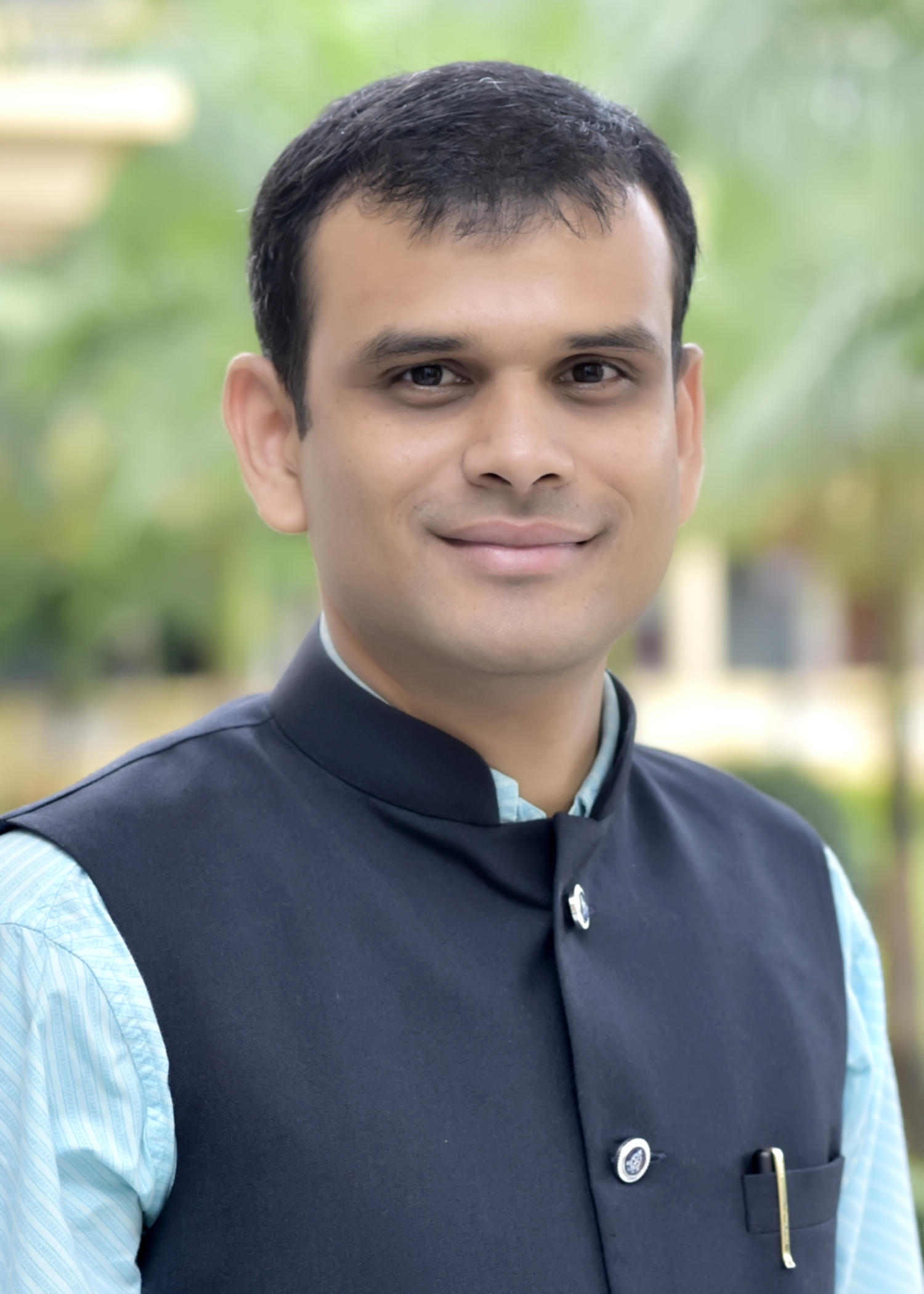Saṁbhāṣā | संभाषा
Saṁbhāṣā literally means a ‘discourse’ or a ‘discussion.’ This pillar inquires into political, social and economic strands of the Indian thinking and brings to light some of the prominent debates, discourses and propositions emanating from the Indian thinkers or having direct resonance to Indian realities.
The Necessity of an Indic Perspective to Understand India
Akshay Ranade | May 01, 2020 | 0 Comments | 3 Min.
Edward Said in his seminal essay ‘Travelling Theory’ has argued that ideas and theories travel over time and place and often acquire a renewed meaning during this movement. Beginning with the ‘Point of Origin’, Said points out total four stages of this travel- ‘Distance Transversed’, ‘Conditions of Acceptance or Resistance’ and finally ‘Transformation’. It might have been said in a different context, but what Said was essentially alluding to was the variations of the political and social meanings of ideas and theories caused due to the differing socio-political conditioning during its ‘travel’. The underlying implication is that a general and universal application of ideas and theories in the social sciences may not necessarily capture all the geographical, cultural and social specificities. These ideas and theories have to be understood in the specific socio-political context for better treatment. This precisely has been a major trend in India where academics and scholars have taken a theory or an ideational construct and used it directly without treating it with the geo-societal and political realities of India. Often, this has lead to misleading understanding of India.
India, with its distinct socio-cultural and political setting, has to be studied with its distinct realities. This socio-political distinctiveness is a consequence of underpinning philosophical, cultural and societal values and norms nurtured by the country for centuries. Consequently, it also has acquired its own vocabulary which connotes ideas and norms which defines the Indian value system. Understanding this vocabulary is a basic prerequisite to understand India. Word like Religion for instance has specific meaning and has particular implications when used in the Indian context. The religion in common parlance is understood to be a particular system of faith and worship as explained in the dogmas and scriptures of the respective organized religion. One of the defining features of the organized religion is that it requisites adherence of the followers to the divine book and the nature of God as perceived in it. Anything outside the boundaries of a faith is considered irreligious and also at times sinful. However, in the Indian context, the religion was never such conceived and it never acquired the organized form as in the case of Islam or Christianity.
Similar is the case with concepts like Secularism which essentially means a social order or a political order different than the religious order. Emanated as a consequence of the societal and political upheaval during Age of Enlightenment in Europe, the Secularism was a demand to contain the ascent of the religion in the polity or to halt the advance of theocracy. Particularly the Church’s influence over the polity was to be restrained in a new political order that would demarcate the areas of influence in the political, personal and the religious sphere. European realities necessitated such demands. Indian realities however are different. There has never been a single overpowering religious institution, like Church for instance, that could dictate the polity entirely. Second the religion in India is not monolithic or one-dimensional and therefore multiple systems of adherence exist. It is therefore unlikely that any single religious body is controlling the entire polity. A direct implant of the concept like secularism in India would therefore be grossly misleading. The common practice however is to apply such concepts generally without giving a fair thought to the realities which define India. What is even curious is the post-facto application of the concepts like Secularism to the historical personalities and events without caring for the context and composition of the contemporary society. For instance, there is a fatuous urge among a section of public intellectual to show how the kings like Chatrapati Shivaji were actually secular in nature. Not only does this require glossing over some glaring facts, it also beats the entire purpose of scholarly study for a simple reason that the societies and polities then were ordered in entirely different fashion and application of such modern concepts is indeed a futile exercise. Those times have to been seen and studied with the parameters of that particular age.
Even a deterministic and generally considered to be a universal framework of Marxism cannot be applied to India without treating it with the nuances of caste dynamics. The class struggle, the central piece in the Marxist enquiry, gets complicated with the realities of caste in India and unless it is incorporated, the conventional Marxist construct is of no use. This is true even with the concepts of Political Liberalisms and Conservatism. The Liberal strand in the Indian thinking is considerably different than its European variant. So also is with the Conservatism, which is used almost pejoratively in India, which is very different from the European brand of Conservatism. This difference is primarily because of the difference in the political, religious and the cultural norms underpinning the two societies. In fact a careful study of Liberalism and Conservatism in India can show a curious overlap in its outlook. However, academics largely have overlooked these realities and have not treated Indian political and social thought with its Indian realities and the result has been a “one-size-fits-all” template which leads us to misleading conclusions.
The general trend in India reveals a pattern where academics and public intellectuals use the western theorization and constructs and apply it to India with a concerning indifference to Indian realities, often oblivious of the fact that some of these construct have had political motives behind it. A classic example of this is racial treatment of Indian scriptures to devise a rabidly racial model of Aryan Invasion which dominated Indian discourse for too long. Though Aryan Invasion is digging its own grave with the emergence of multiple new research that discredit the Aryan Invasion Theory, this however shows how misrepresentations get entrenched into academics as truth. It is therefore necessary to study social, cultural, religious and the political aspects of India by incorporating Indian realities and treating it with the variable relevant for Indian value system. This perspective needs to be consciously constructed in order to have a thorough, objective and a comprehensive Indic Inquiry.

Author: Akshay Ranade

May 01, 2020
Author is Founder and Director of Mimamsa FOundation for Indic Studies (MFIS)



